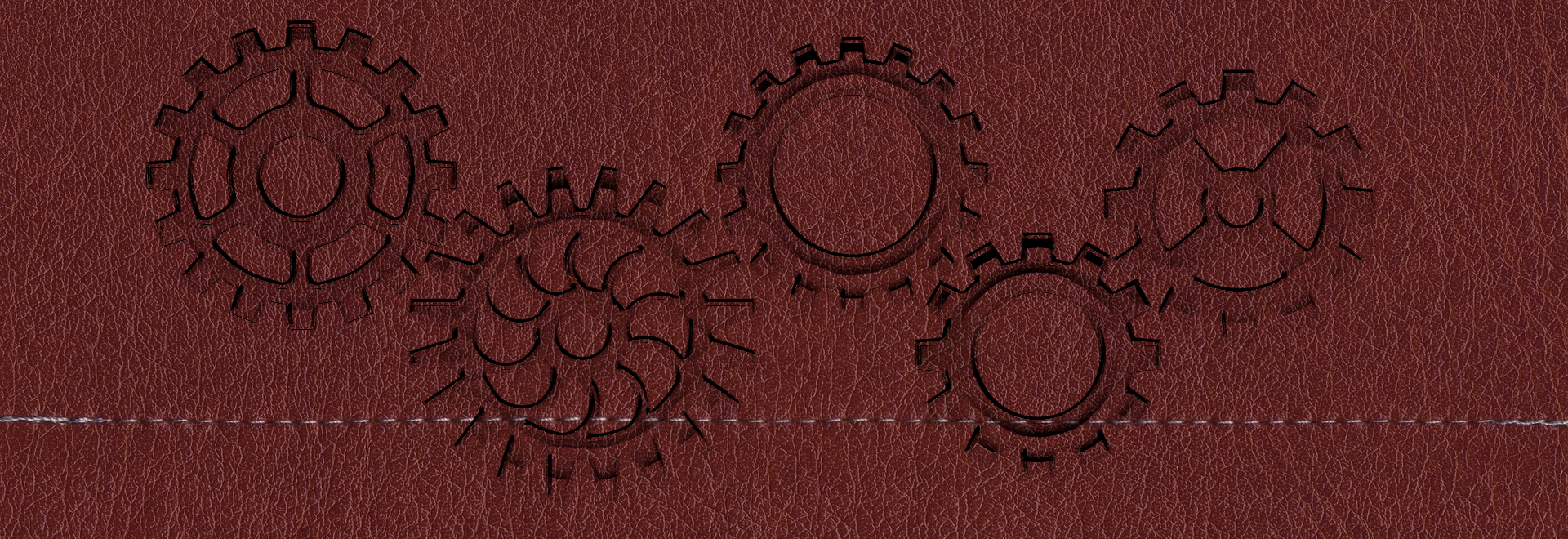Houses in Gora Nos
In Gora Nos, the unification of the country prompted many clans to settle down and build more permanent dwellings. These houses are made of wood which is plentiful in the thickly forested hills. They are made with two floors, and in northern Gora Nos, the lower floor is lined with stone. Most are two rooms divided by a central hallway that runs the width of the house. One room is used for sleeping and recreation while the other serves as a kitchen and workshop. In the winter, most people move their sleeping quarters upstairs to be above the kitchen where it's warmer. To conserve heat, families sleep close together on the floor. It's not uncommon for people to share blankets. In the south, it stays warm enough that many houses lose the upper floor. The sleeping and cooking areas remain separate. Houses In the south also adopt the Etran tradition of having a flat roof that can be accessed through a ladder while in the north, roofs tend to be pitched and made of wooden shingles. Most houses are furnished with wood furniture and brightly coloured woven cloths. The patterns are usually geometric and possess some kind of symmetry. Blankets are particularly valuable in Gora Nos, and in many rural families, women are valued on their weaving and stitching skills. Materials are plentiful as animal husbandry is the dominant form of agriculture in Gora Nos. Sheep and goats are typical throughout the country. Gorashki rugs, though famed in other parts of Tamaris, aren't common in most houses. Most floors are made of wood or clay and left bare. The overall layout is very rectangular with both rooms being equal sized squares. Family compounds which are popular in large villages expand on the basic design. There's typically a central cooking area with smaller bedroom buildings around it for each branch of the family. However, all members of the nuclear family with grandparents occupy the same house.
Type
House



Comments